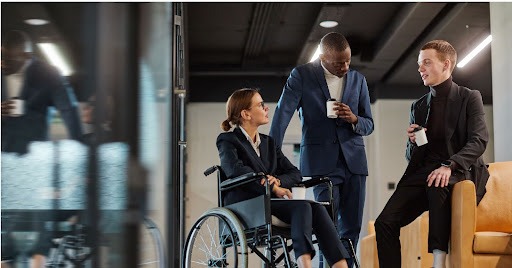
Travel is meant to be an adventure open to all, but unfortunately, many disabled individuals face substantial barriers when it comes to booking and enjoying a trip. Ensuring accessibility and inclusivity has become a crucial focus for the travel industry.
With innovative software solutions now available, companies can transform their offerings to be more welcoming to disabled guests.
This blog explores the challenges faced by disabled travelers, as well as the latest SaaS platforms designed to provide more accessible trip-planning, booking, and on-site experiences.
Challenges Faced by Disabled Travelers
People with disabilities face numerous challenges when traveling that able-bodied people often take for granted. One major challenge is limited mobility access. Getting around an unfamiliar place can be extremely difficult for those with physical disabilities.
Simple tasks like going through airport security, boarding a plane, checking into a hotel, or visiting local attractions become major hurdles without proper accommodations.
Wheelchair users may find airports lack elevators, hotels have rooms only accessible by stairs, and transportation isn’t disability friendly. Limited accessible restrooms, narrow doorways, absence of braille signage, and lack of wheelchair ramps make navigating new environments taxing.
Travelers with disabilities shouldn’t have to meticulously research accessibility or avoid trips entirely due to lack of mobility access. With the right inclusive travel solution, the industry can provide disabled guests with much-needed assistance.
Travel Industry Efforts
The travel industry has made great strides in improving accessibility in recent years. Airlines, hotels, attractions, and more are embracing inclusive design to make travel easier for disabled travelers.
Airlines have added more wheelchair assistance and aisle chairs, increased wheelchair storage capacity on planes, and improved accessibility of in-flight entertainment. Many major hotel chains now offer some accessible rooms and have added more grab bars, roll-in showers, visual alarms, and other features. Famous tourist attractions add ramps, elevators, accessible rides, and braille/audio guides.
The travel industry still has room for improvement, but the focus on inclusive design is facilitating more and more disabled travelers. Continued innovation and awareness will further increase options and transform the travel experience.
Benefits of SaaS for Accessibility
SaaS (software as a service) can provide critical benefits for ensuring accessibility and inclusion in travel. With SaaS, travel companies can centralize accessibility data and features across the platform rather than siloing them across different applications and websites. Having this data in one place makes it much easier to manage and update.
SaaS platforms enable automatic updates across the system when accessibility features are added or improved. This means new enhancements can be instantly rolled out to the entire platform without manually updating different parts of the infrastructure. There is no fragmented process.
Centralized data and automatic updates make it simpler and more efficient for travel brands to monitor and continually improve the accessibility of their offerings. This helps remove the barriers that prevent disabled travelers from being able to experience and enjoy travel opportunities fully.
Types of SaaS Travel Platforms
Cloud-based travel platforms are revolutionizing the opportunity for inclusivity in the travel industry. SaaS platforms provide key functionalities to make travel more accessible through
- Booking platforms that allow travelers to indicate accessibility needs, which informs hotels and attractions on required accommodations. SaaS business travel booking engines can automatically flag accessible room options while filtering search results.
- Trip planning tools that locate accessible routes, suppliers, and points of interest. Route optimization considers wheelchair access, parking, restrooms, and more. These tools identify barriers and hazards to steer travelers away from areas with limited mobility access.
- Recommendation engines that suggest destinations, hotels, transportation, tours, and activities suited to the traveler’s requirements. Travelers can specify medical conditions, mobility limitations, and other needs to receive tailored recommendations guaranteed to meet accessibility standards.
By centralizing accessibility data and connecting providers, SaaS enables a unified travel experience. The cloud-based model offers convenient access across devices. Real-time updates ensure availability info remains current. SaaS brings scalability to serve the expanding demand for inclusive travel options globally.
Key Features of SaaS Travel Solution for Accessibility
Travel solutions aim to provide essential features that enhance accessibility for disabled travelers. Some of the key features include:
Accessibility Information
- It has detailed accessibility information for hotels, attractions, transportation, and other travel services. This includes specifics on entrances, room types, bathroom facilities, seat widths, Braille signage, and more.
- Ability to filter and search based on accessibility needs like mobility, vision, hearing, cognitive disabilities, and more.
- Photos and videos that showcase accessibility features.
- Crowdsourced accessibility reviews from other disabled travelers.
Integrations
- Integration with accessibility apps like wheelmap.org to showcase wheelchair-friendly locations.
- APIs to pull updated accessibility info from venues/locations.
- Integration with on-demand services for accessible transportation.
Real-Time Data
- Real-time data on the accessibility of routes thanks to inputs from users. This helps others avoid routes that are temporarily inaccessible.
- Updates on accessibility barriers reported by users, like out-of-service elevators, lack of ramps, etc.
- Real-time availability for accessible rooms, seats, parking spaces, etc.
Other Features
Accessibility filters for precise results like step-free entry, door widths, grab bars, and more.
- Tools to allow venues to update their accessibility info.
- Options for different accessibility themes and font sizes.
- Accessible interfaces across web, mobile, and voice assistants.
- Tools to book accessibility services like ASL interpreters.
Implementation Tips
Rolling out an inclusive travel solution requires thoughtful planning and execution. Here are some key factors to consider:
Training
- Provide comprehensive training for all customer-facing staff on using the platform’s accessibility features. Ensure they understand how to meet the needs of disabled travelers.
- Conduct sensitivity training to create an informed, welcoming environment. Review appropriate language, etiquette, and service guidelines.
- Offer incentives for staff to complete training modules and refreshers—track completion rates.
User Testing
- Conduct user testing with disabled travelers to identify gaps in features, usability issues, or improvement opportunities.
- Implement an ongoing user testing program with feedback surveys. Monitor satisfaction levels over time.
Update Processes
- Establish a streamlined process for submitting, reviewing, and implementing accessibility feature requests.
- Schedule regular reviews of feedback and iteration on features to meet emerging needs.
- Provide advance notice to users before platform updates that may impact usability. Offer additional support during transitions.
- Monitor usage data and user feedback to identify adoption challenges after updates. Quickly resolve issues.
Measuring the Impact of Accessibility
A SaaS travel solution aimed at improving accessibility should have clear metrics for measuring the impact and effectiveness of features. Some key indicators of success include:
User feedback: Surveys, reviews, social media monitoring, and other means of gathering direct input from disabled travelers using the platform. Are they finding it easy to navigate and utilize? Are their needs being adequately met? Is the experience positive? Feedback provides invaluable insights.
Increased bookings: The ultimate goal is to enable more seamless travel—track metrics like bookings and conversions for disabled users before and after implementing accessible features. Growing numbers indicate the business travel solution is working.
Social impact: Travel greatly benefits the quality of life, fulfillment, and social inclusion. Measure indicators like number of disabled travelers served, reviews mentioning positive experiences, and disabled customers who become repeat users. This reveals the broader social impact.
Itilite: Your Ultimate Travel SaaS Solution
Itilite isn’t just a travel platform; it’s your passport to unparalleled flexibility. Need to tweak your itinerary on the fly? No problem! With itilite, modifying plans is as easy as a few taps on your device.
Expand your horizons without constraints and explore the world with the freedom to adjust your travels at your fingertips.
Book a free demo with us today!

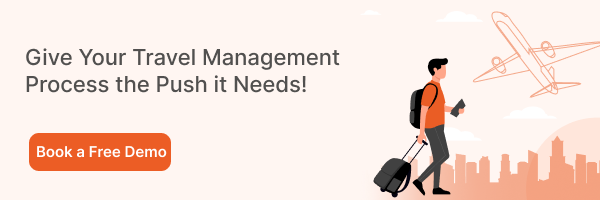
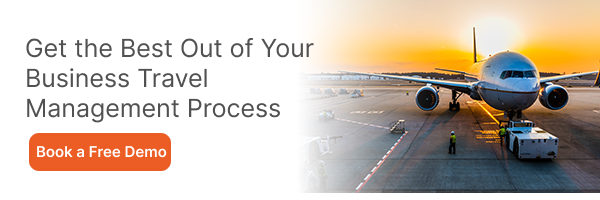





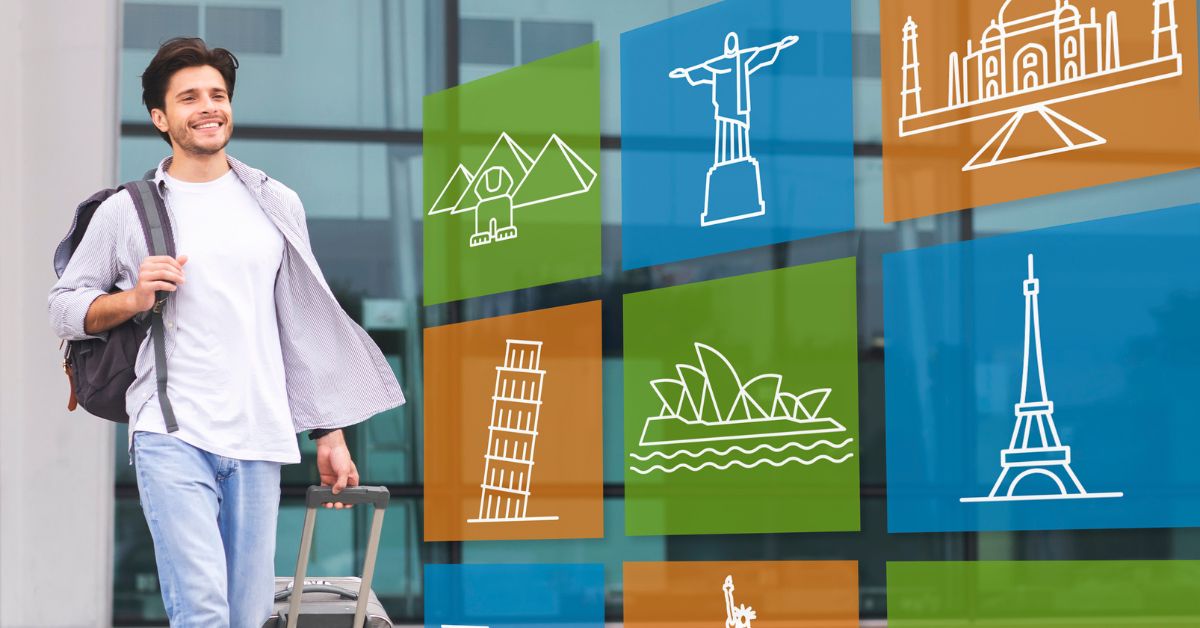

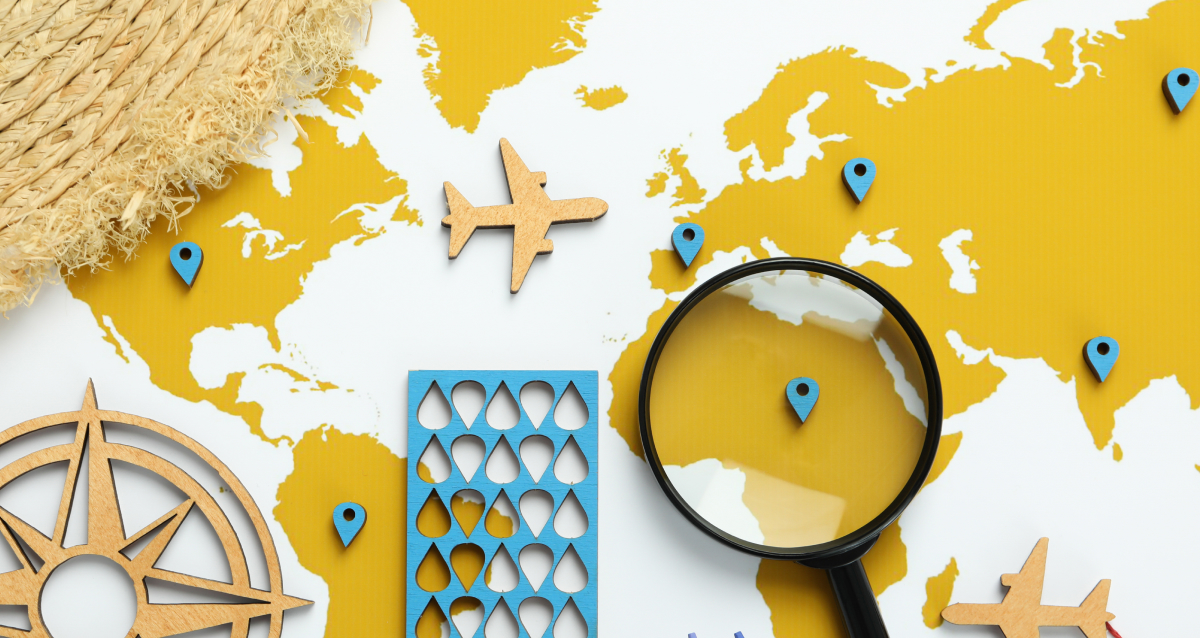





 and then
and then